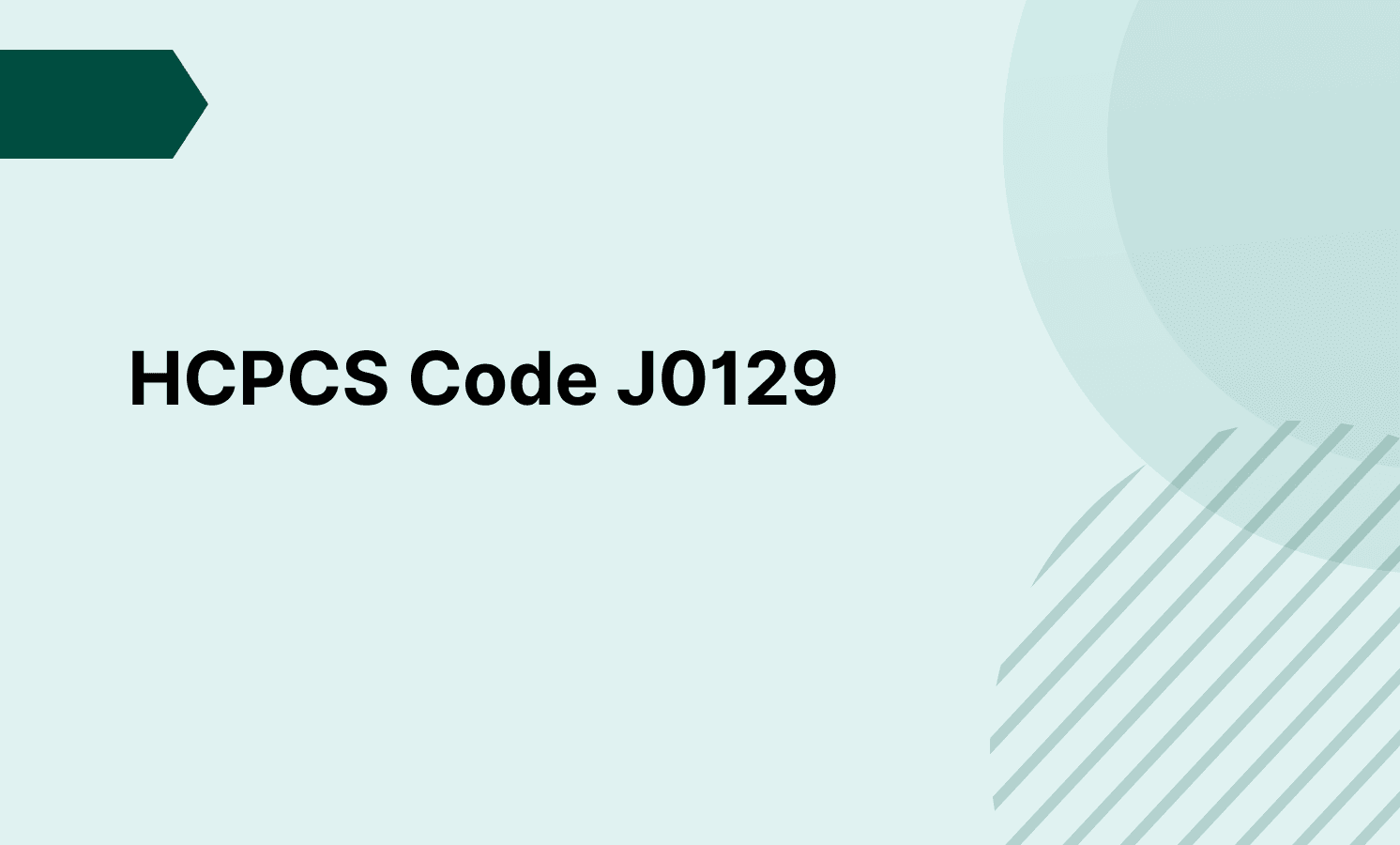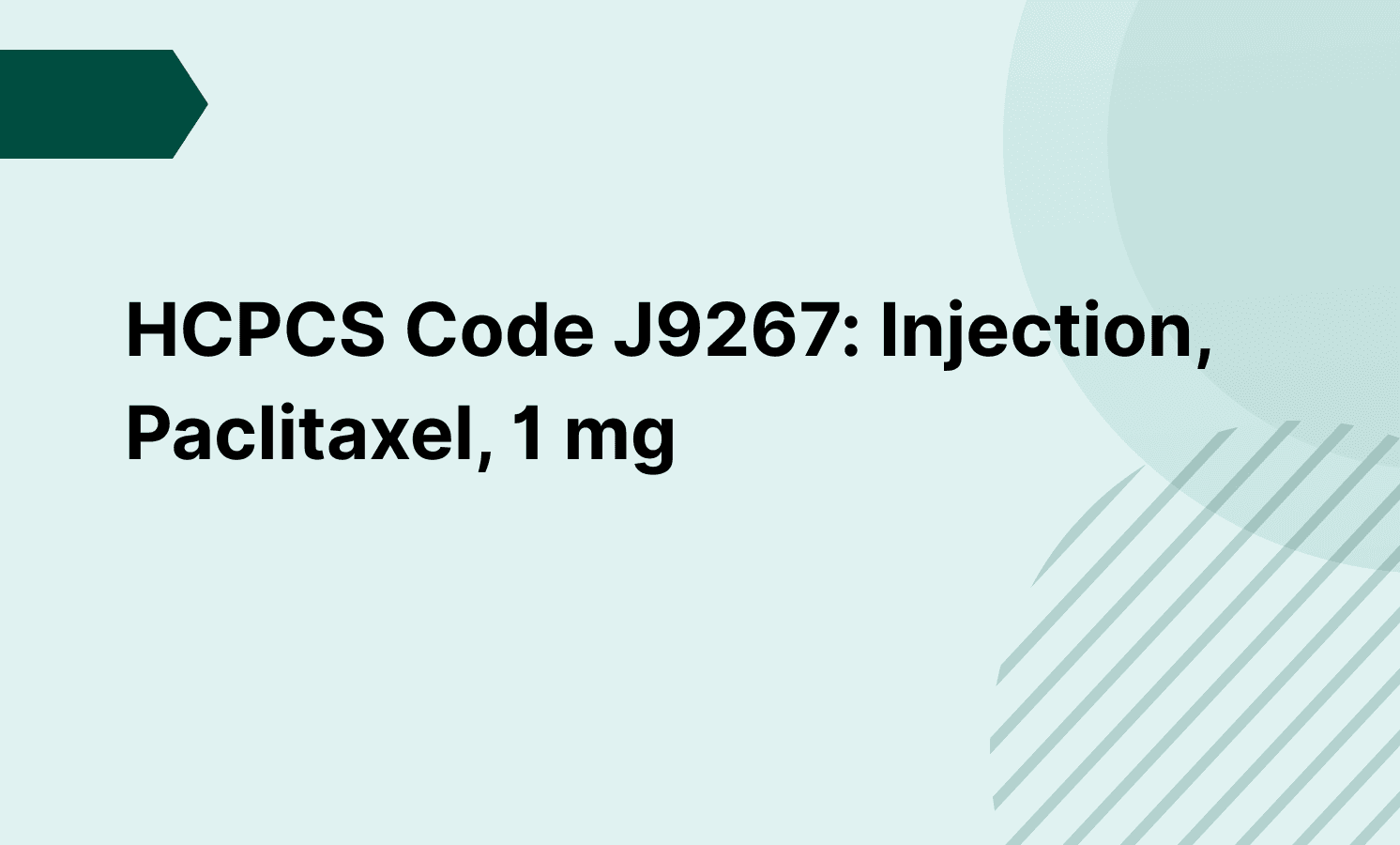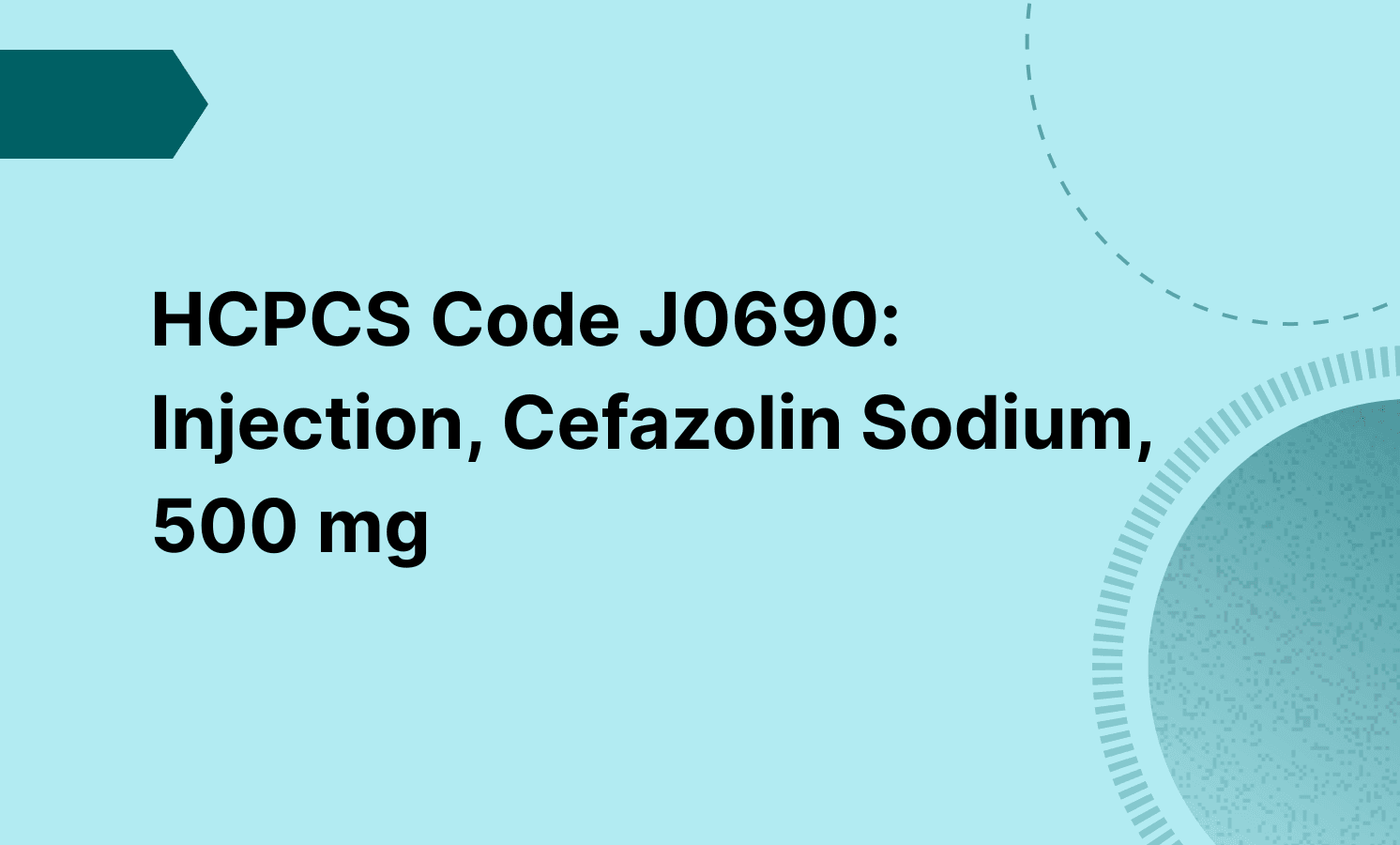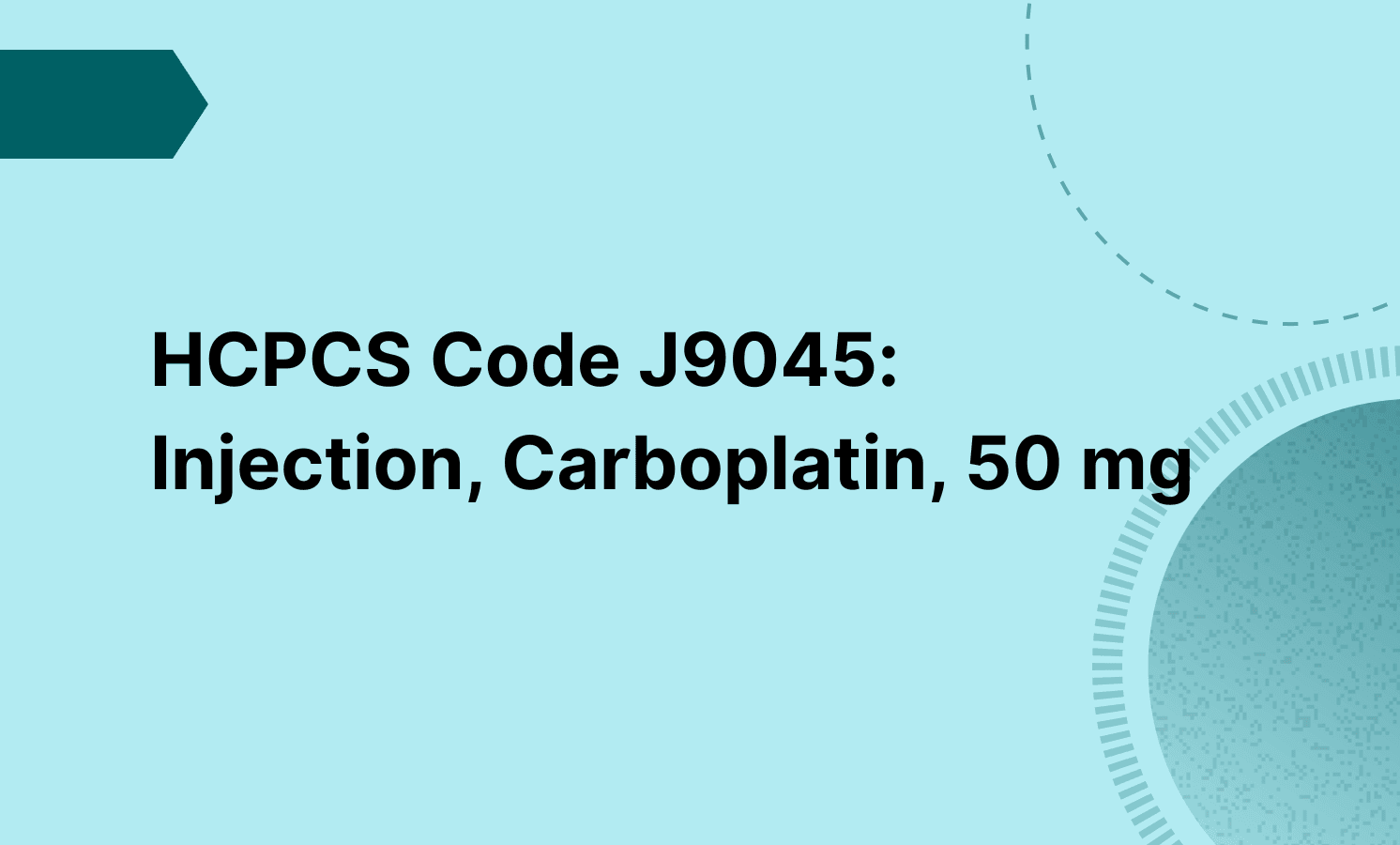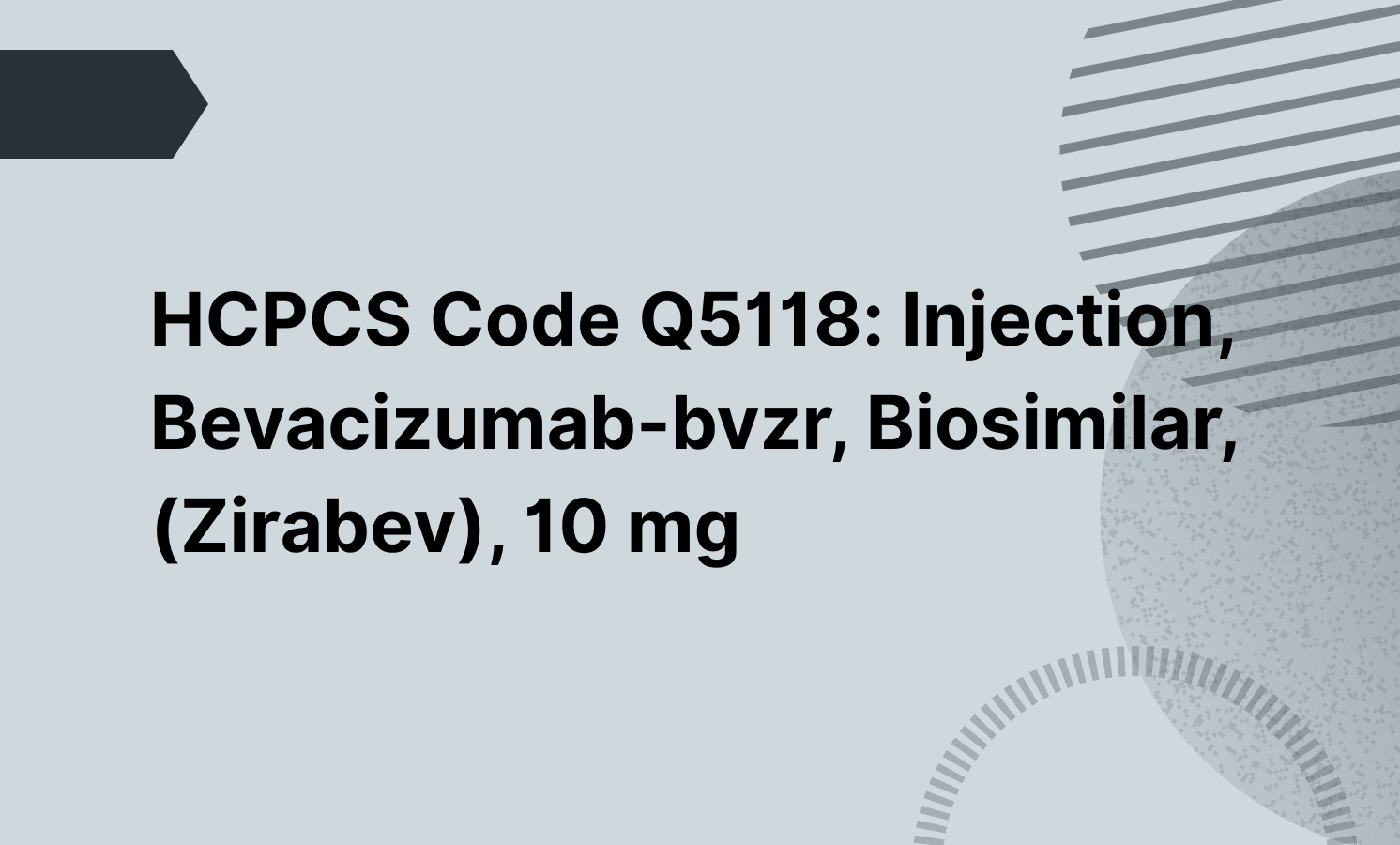Yes. CPT code 97760 may be billed when training and education on the use of off-the-shelf orthoses are medically necessary and documented. The focus must be on functional integration, not device provision.
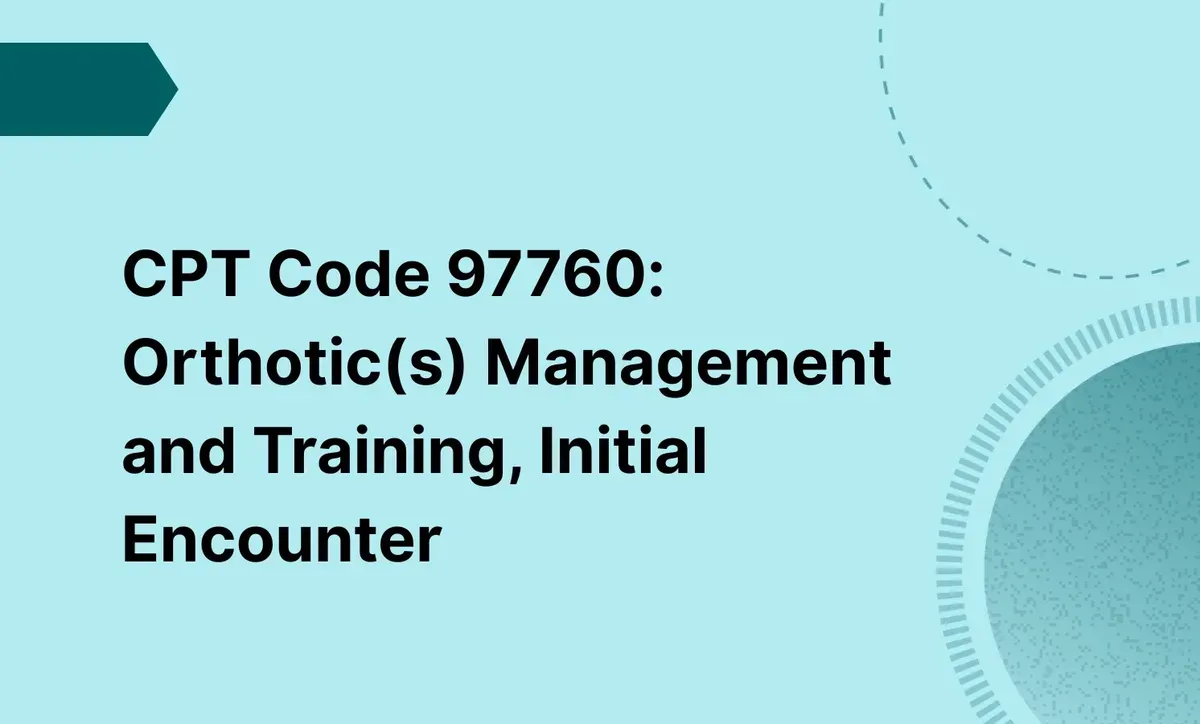
CPT Code 97760: Orthotic(s) Management and Training, Initial Encounter
Learn about CPT Code 97760 for orthotic management and training during the initial encounter in this guide.
Use Code
Frequently asked questions
No. CPT 97760 is for the initial encounter only. For subsequent orthotic or prosthetic management and training visits, use CPT 97763.
No. The cost of the orthotic device is not included in 97760. Devices and fabrication are billed separately using applicable L-codes.
EHR and practice management software
Get started for free
*No credit card required
Free
$0/usd
Unlimited clients
Telehealth
1GB of storage
Client portal text
Automated billing and online payments


